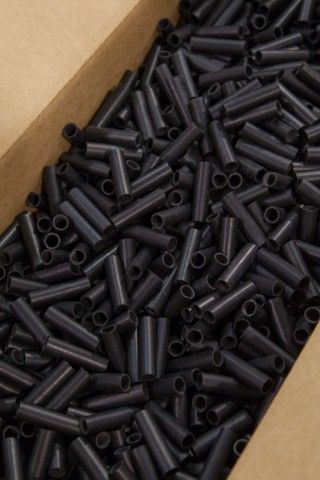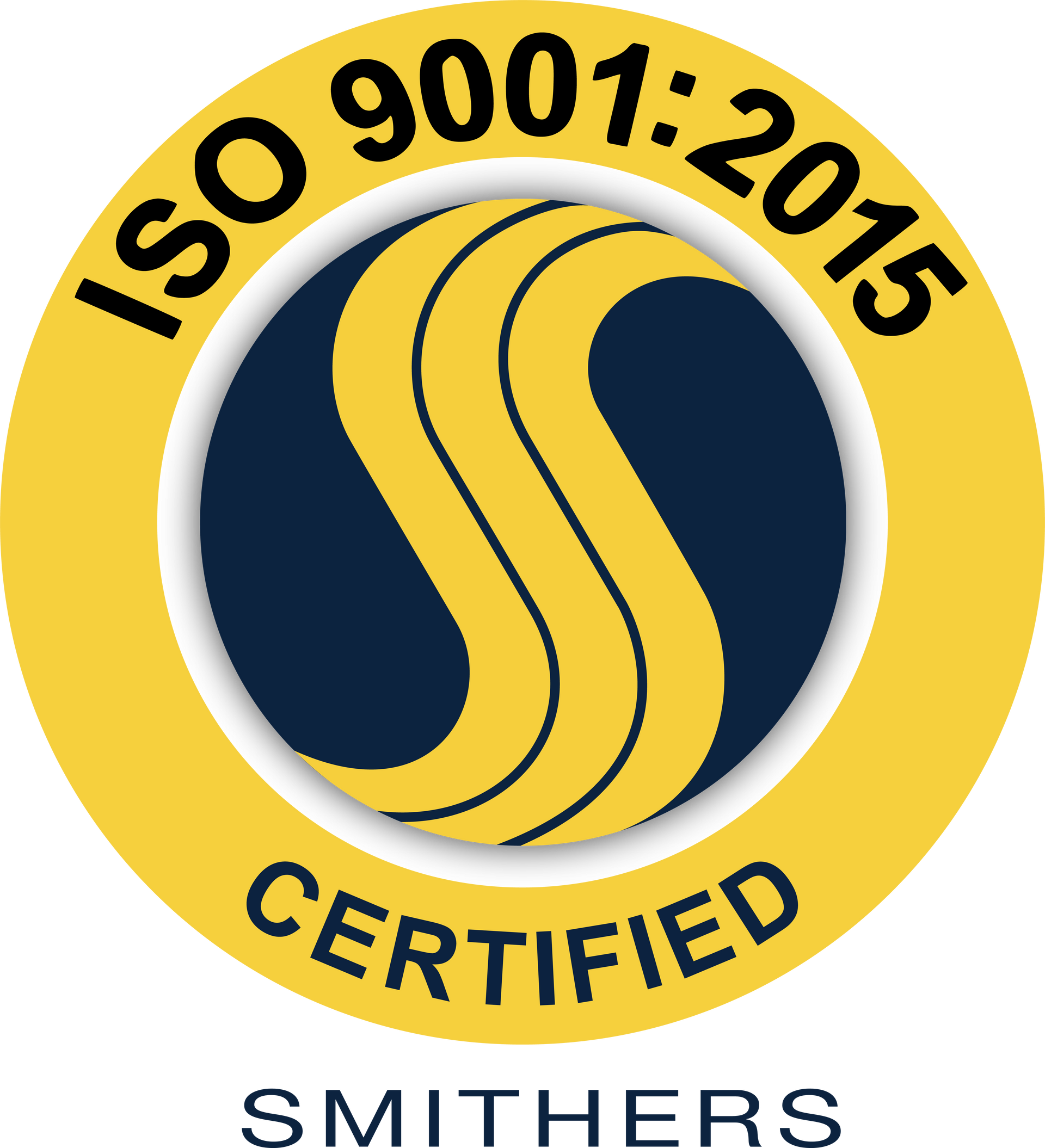General Properties of Elastomers

ELBEX is a leading manufacturer of rubber and silicone extrusions. Our products are used in a wide range of industries and have countless applications. We use a few different elastomers in order to create the optimal products for these applications.
Physical Properties of Elastomers
Elastomers are mixed with several different chemicals and compounds in order to obtain the desired physical properties required in an extruded product. The field of rubber compounding is quite broad, but there are basic polymers that can create compounds with unique physical properties.
Silicone Rubber, EPDM, and Neoprene
Materials such as silicone rubber, EPDM, and Neoprene are common elastomers we use. Silicone rub-ber, for example, is a semi-organic synthetic made from sand and alkyl or aryl halides. Despite the fact that silicone rubber looks and feels like natural rubber, it has a different type of structure. Its makeup gives silicone rubber a very flexible, but weak chain. It has a broad temperature range and is generally odorless and non-toxic. But the trade off with silicone rubber is that it has poor tensile, tear, and abrasion resistance.
Other elastomers like Neoprene have good resilience, weather resistance, and abrasion strength.
Wide Range of Elastomers
There is a wide range of elastomers that can be made that are resistant to things such as animal and vegetable fats, chemicals, and acids while other elastomers are attacked by those same things.
Silicone rubber as an example is generally resistant to many oxidizing chemicals, the ozone, and UV light. But it does not hold up well to many solvents, oils, acids, or even steam.
Depending on the environment or specific uses of an elastomer, ELBEX can find the right product for you. Contact us today or complete an RFQ in order to identify the right elastomer for you.






